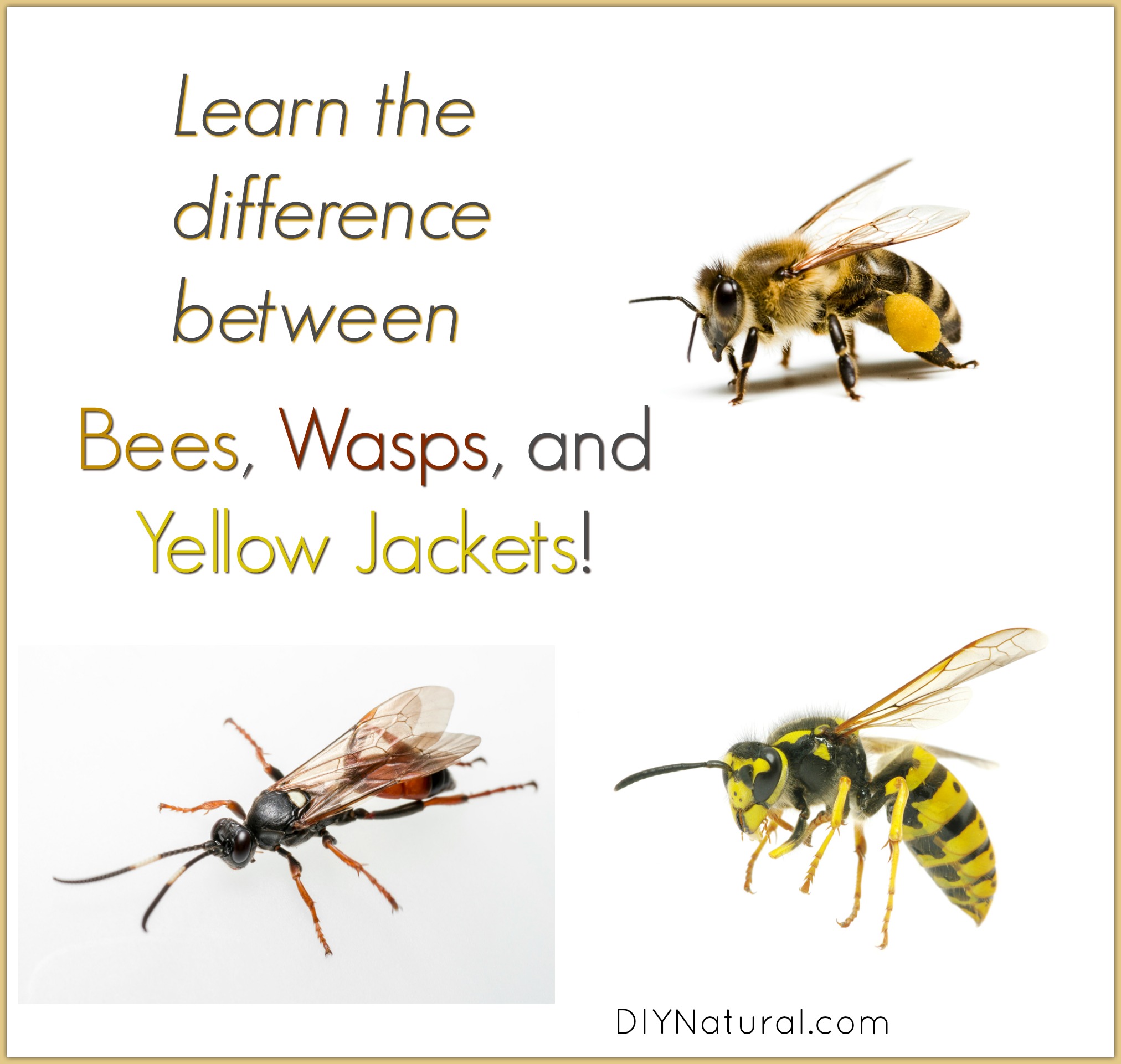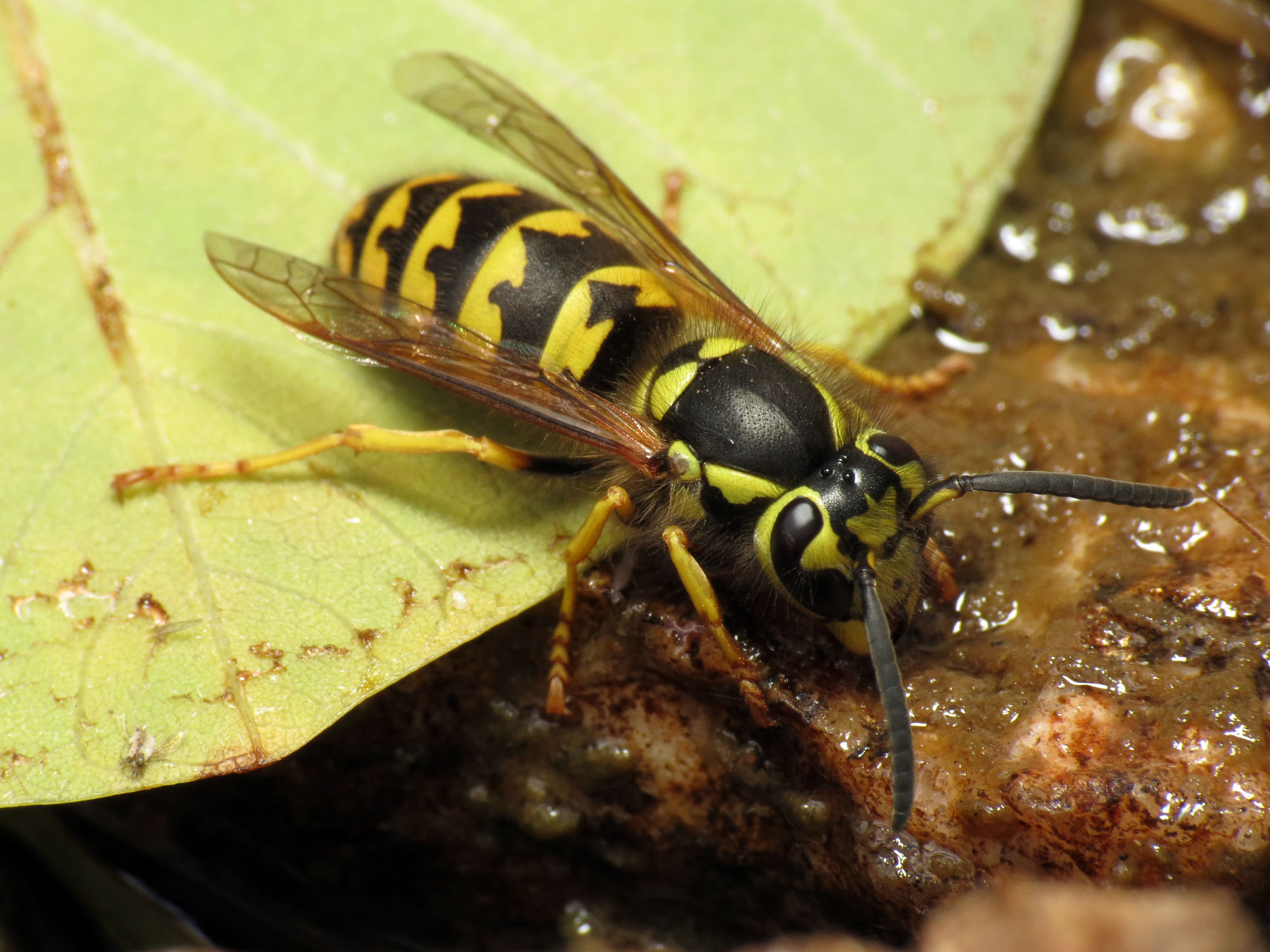Yellow Jackets: Identifying, Controlling, And Preventing Stings For Homeowners
Thinking about summers mean enjoying the sun. But, once you start spending time outdoors, you are not alone. Yellow jackets are social insects that live in colonies and can be a nuisance when they build their nests near homes or businesses. Their painful stings can ruin a picnic or outdoor activity, so it is important to take steps to control and prevent them. In this article, we will discuss how to identify yellow jackets, control their populations, and prevent them from stinging you.
Editor's Note: Know everything about "Yellow Jackets: Identifying, Controlling, And Preventing Stings For Homeowners" in this exclusive article.
We have done the research and put together this guide to help homeowners identify, control, and prevent yellow jacket stings. By following these tips, you can reduce your risk of being stung and keep your family safe.
FAQ
This section provides answers to frequently asked questions (FAQs) about yellow jackets, covering identification, control measures, and sting prevention for homeowners. Understanding these aspects can empower individuals to effectively manage yellow jacket presence around their properties.
/TomatoHornworms-1830204_1920-59092dfa5f9b586470e09ef4.jpg)
Identifying and Controlling Tomato Hornworm Pests - Source www.thespruce.com
Question 1: How do I identify yellow jackets?
Answer: Yellow jackets are medium-sized wasps with alternating black and yellow bands on their abdomen. They have two pairs of wings, with the front pair larger than the rear pair. Yellow jackets are typically about 1/2 to 5/8 inches in length.
Question 2: Where do yellow jackets typically build their nests?
Answer: Yellow jackets can nest in various locations, including underground, in trees or shrubs, in wall voids, and even inside homes or outbuildings. They prefer sheltered areas that provide protection from the elements.
Question 3: What are the best methods for controlling yellow jackets?
Answer: Several control methods can be effective against yellow jackets, such as using insecticide dusts or sprays, setting traps, or contacting a professional pest control company for assistance.
Question 4: How can I prevent yellow jackets from stinging me?
Answer: Prevention measures include avoiding disturbing yellow jacket nests, keeping food and drinks covered outdoors, and wearing protective clothing when working in areas where yellow jackets may be present.
Question 5: What should I do if I am stung by a yellow jacket?
Answer: Remove the stinger promptly, wash the area with soap and water, and apply a cold compress to reduce swelling. For severe reactions, seek immediate medical attention.
Question 6: Is it safe to attempt DIY yellow jacket nest removal?
Answer: Attempting DIY nest removal is not recommended unless the individual has proper protective gear and experience in dealing with stinging insects. It is safer to contact a pest control professional to ensure safe and effective nest removal.
By addressing these common questions, homeowners can gain a better understanding of yellow jackets, implement effective control measures, and minimize the risk of stings. Remember, caution and proper handling techniques are crucial when dealing with these insects to protect personal safety and well-being.
Proceeding to the next article section for further information related to yellow jackets.
Tips
Yellow jackets are common pests that can cause painful stings. Use these tips to identify, control, and prevent yellow jackets around your home:
Tip 1: Identify yellow jackets by their distinctive black and yellow markings. They are about 1/2 inch long and have a narrow waist.
Tip 2: Yellow jackets build their nests in the ground, in trees, or in other sheltered areas. Nests are typically made of paper and have a single entrance.
Tip 3: To control yellow jackets, seal up any cracks or holes in your home where they could enter. You can also use traps or insecticides to kill yellow jackets.
Tip 4: To prevent yellow jackets from stinging you, avoid disturbing their nests. If you are stung, wash the area with soap and water and apply a cold compress.
For more detailed information, refer to the full article on Yellow Jackets: Identifying, Controlling, And Preventing Stings For Homeowners.
Yellow jackets can be a nuisance, but by following these tips you can help to keep them away from your home and prevent them from stinging you.
Yellow Jackets: Identifying, Controlling, And Preventing Stings For Homeowners
Yellow jackets, a common pest, can be hazardous due to their aggressive nature and painful stings. Understanding their identification, controlling, and preventive measures is essential for homeowners' safety.
- Identification: Yellow jackets have black and yellow bands, a narrow waist, and build nests in sheltered areas.
- Behavior: They become aggressive when their nests are disturbed, defending them with stings.
- Control: If necessary, professionals should remove nests using protective gear and appropriate methods.
- Prevention: Seal cracks and holes in homes, keep food waste covered, and avoid perfumes or bright colors that may attract them.
- Treatment: Stings generally require basic first aid, but seek medical attention for allergic reactions or multiple stings.
- Seasonal Considerations: Yellow jacket activity peaks in late summer and early fall, with nests typically reaching their maximum size at this time.
By familiarizing themselves with these key aspects, homeowners can take proactive steps to identify, control, and prevent yellow jacket stings, ensuring a safer and more enjoyable living environment.

Learn the Difference Between Bees, Wasps, and Yellow Jackets - Source www.diynatural.com

Embroidery - Yellow Jackets - Source yellowjackets.merchmake.com
Yellow Jackets: Identifying, Controlling, And Preventing Stings For Homeowners
Yellow jackets are a common pest in the United States, and they can be a nuisance for homeowners. They are attracted to sweet foods and drinks, and they can build their nests in a variety of places, including in walls, attics, trees, and underground. Yellow jackets can be aggressive, and they can sting repeatedly. Their stings are painful, and they can cause allergic reactions in some people.

Western Yellow Jacket Wasps: Identification, Prevention & Control - Source www.orkin.com
There are a number of things that homeowners can do to control yellow jackets and prevent stings. These include:
- Inspect your property regularly for yellow jacket nests. If you find a nest, do not attempt to remove it yourself. Call a professional pest control company.
- Keep your property clean and free of food and debris. This will help to make your property less attractive to yellow jackets.
- Cover up your food and drinks when you are eating outdoors.
- Wear long sleeves and pants when you are working in your yard or garden.
- Avoid using perfumes or scented lotions when you are outdoors.
- If you are stung by a yellow jacket, wash the area with soap and water. Apply a cold compress to the area to reduce swelling and pain.
The Ultimate Guide To Núi Bà Đen, Tây Ninh: Your Gateway To Vietnam's Spiritual Mountain, NHL Results: Team Standings, Scores, And Highlights, Clay Matthews: Legendary Linebacker, Super Bowl Champion, And NFL All-Pro, Unlock Financial Growth With [Coin Name]: A Guide To Investing In Cryptocurrency, Experience The Surge With Akron Basketball: Witness Champions On The Court, 2025 NASCAR Cup Series: Complete Schedule Of Thrilling Races, Xavier Woods: Multifaceted WWE Star, Gamer, And Entrepreneur, OFCCP Compliance: A Comprehensive Guide To Avoid Discrimination And Promote Diversity, Heartbreaking Tragedy: Remembering Tristyn Bailey, The Girl Who Inspired A Community, Josh Hawley: The Rising Star Of American Conservatism,